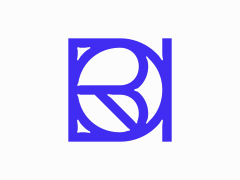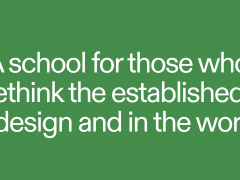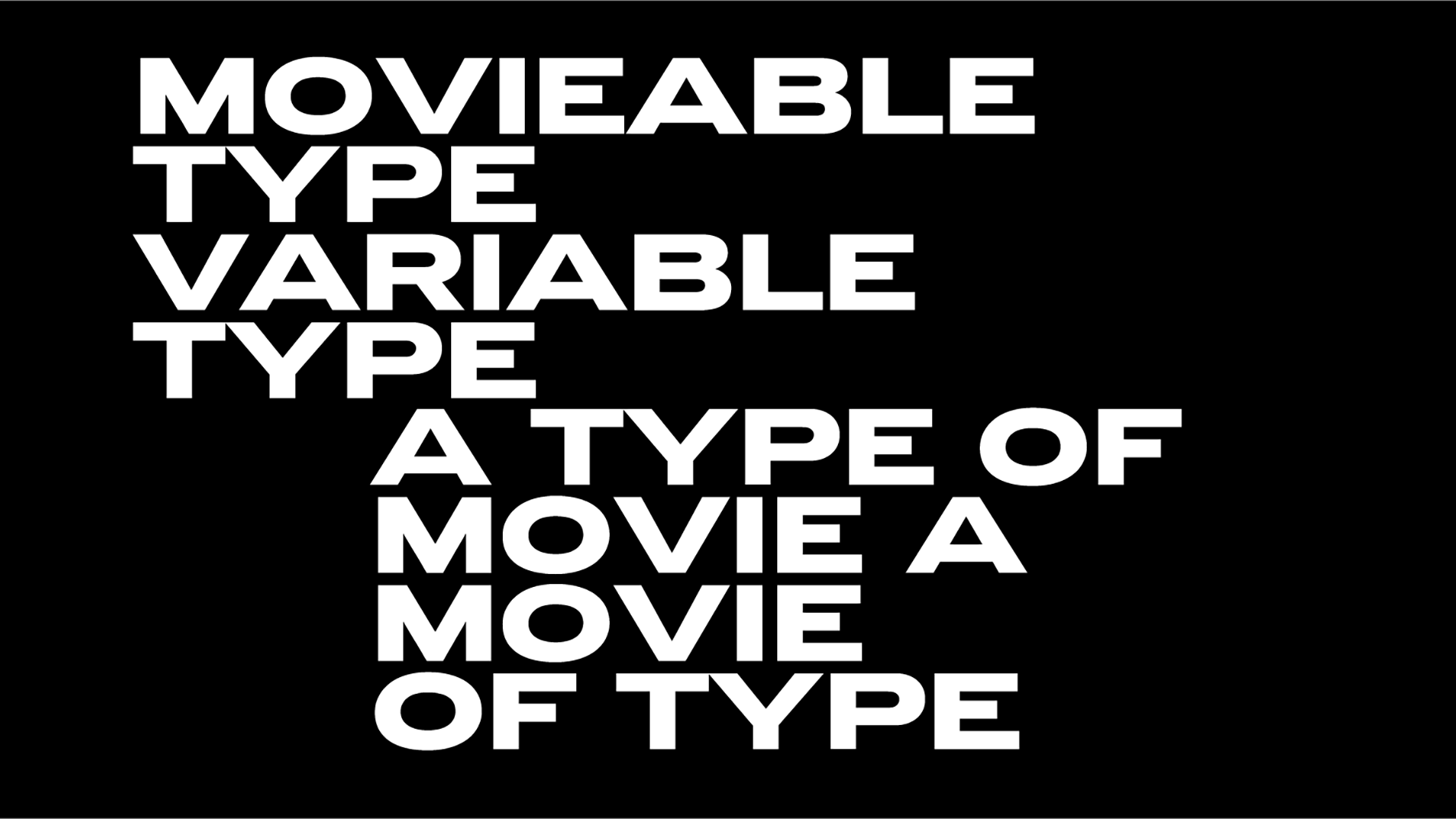Die Fläche: A design history hidden treasure
Back in the early 20th century, progressive artists, members of the Vienna Secession, alongside their students developed a new style of graphic design expression, away from traditional and academic norms. This style was characterized by flatness, expressive geometry, stylized lettering, and bold colors. In order to put their vision in motion, they designed posters, cards, textiles and many other specimens to showcase this new graphic modernism movement that were featured in a periodical called Die Fläche.
This historical moment in graphic design and typography has always functioned as a form of inspiration for creatives and designers and is always commemorated for its exceptional aesthetic, innovation and timelessness. However, the Die Fläche images and documentation has always been hard to locate, as the Die Fläche issues were never presented all together - until now. The Letterform Archive collected all of the Die Fläche material and created an essential book that goes over all the movement’s history and archive.
The book is divided into two parts, “Situating Die Fläche” and “Die Fläche: Complete Facsimiles”. Part one includes three essays that really help the reader gain knowledge, immerse and understand the Die Fläche origins, history and impact. Part two includes the full volumes of Die Fläche. Let’s dive into it.
PART I - SITUATING DIE FLÄCHE
The first essay is written by art historian Diane V. Silverthorne and it is a really in depth, informative and at the same time interesting and captivating overview of the Vienna Secession era, describing Vienna at the time as a “melting pot of ideas, theories and practices. The analysis is focused on key figures, artists, creatives and social - cultural circumstances that led to the creation of Die Fläche.
Then, Dan Reynolds presents his work on theorist Rudolf von Larisch through the next essay. Rudolf von Larisch was one of the most influential theorists in the field of lettering of the era but we hardly talk about him today. He published a lot of critiques on typography of the time, as well as collections with lettering specimens he collected from designers. However, he was mostly known for his influential teaching material and the manuals he published to explain writing, lettering and style, influencing a lot of young designers to experiment and innovate, leading to creations like Die Fläche.
The final essay belongs to Megan Brandow-Faller and is focused on the role of women in Die Fläche. Brandow-Faller presents the work and story of some very significant and pioneering women artists of the Viennese design world but she points out that although they have been notably innovative and influential, they were kind of forgotten and commemorated as their male colleagues.
PART II - DIE FLÄCHE: COMPLETE FACSIMILES
The second part of the book is essentially a fascinating archival presentation of Die Fläche. The complete volumes are reproduced all together, allowing the reader to admire the Die Fläche work to full extent. It really is fascinating to go through these pages of history, where you can find inspiration, knowledge, references and also pleasure and spiritual awakening.
In the final pages of the book you can also find translations of the original essays included in the Die Fläche issues, a glossary of terms and artists’ biographies.
A DESIGN HISTORY TREASURE
To sum it up, 'Die Fläche (Facsimile Edition): Design and Lettering of the Vienna Secession, 1902-1911' is more than just a simple book for your library. It is a valuable compilation and rare testimony of the Vienna Secession’s creative glory and lasting importance. It is an artifact itself, essential for designers, academics, artists and art enthusiasts. The publication of a complete anthology of the facsimiles - for the first time ever - is really a significant moment in the ever evolving process of the historiography of design.
Apart from the inspiring pages full of designs and priceless creations, we must not forget to praise the wonderful essays accompanying the facsimiles. These texts shed light on processes, facts and personalities that played an important role for the Vienna artworld and serve as a window into this bygone era, offering inspiration and deep understanding of the movement. Without a doubt, "Die Fläche" is an investment, a useful tool and a timeless addition to the collection of any professional designer or aficionado of typography and graphic design, who wants to deeply dive into the core of a revolutionary artistic movement.
You can find more information and purchase the book here.
Tags/ typography, graphic design, type design, book, modernism, vienna, history of design, facsimile, review

























